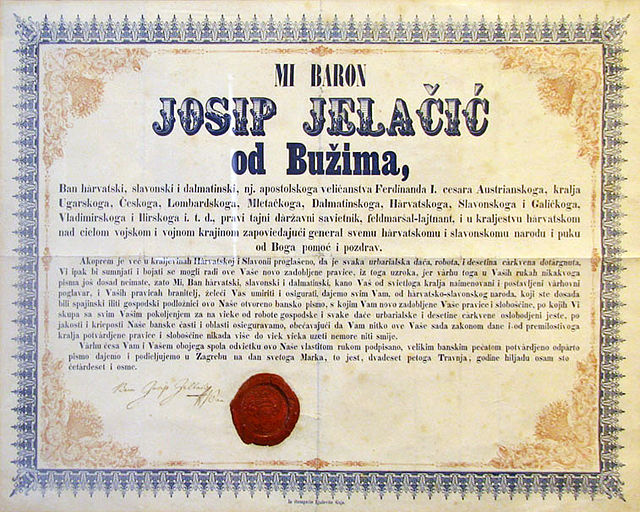The term serf, in the sense of an unfree peasant of tsarist Russia, meant an unfree person who, unlike a slave, historically could be sold only together with the land to which they were "attached". However, this stopped being a requirement by the 19th century, and serfs were practically indistinguishable from slaves. Contemporary legal documents, such as Russkaya Pravda, distinguished several degrees of feudal dependency of peasants. While another form of slavery in Russia, kholopstvo, was ended by Peter I in 1723, the serfdom was abolished only by Alexander II's emancipation reform of 1861; nevertheless, in times past, the state allowed peasants to sue for release from serfdom under certain conditions, and also took measures against abuses of landlord power.
A Peasant Leaving His Landlord on Yuriev Day, painting by Sergei V. Ivanov
Vengeance of Serfs. Engraving by Charles Michel Geoffroy, 1845
Punishment with a knout
Selling serfs at an auction, Klavdy Lebedev
Serfdom was the status of many peasants under feudalism, specifically relating to manorialism, and similar systems. It was a condition of debt bondage and indentured servitude with similarities to and differences from slavery. It developed during late antiquity and the Early Middle Ages in Europe and lasted in some countries until the mid-19th century.
Punishment with a knout. Whipping was a common punishment for Russian serfs.
Reeve and serfs in feudal England, c. 1310
The proclamation by count Josip Jelačić abolishing serfdom in the Kingdom of Croatia






